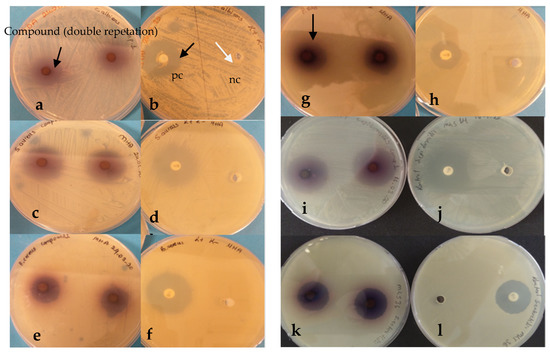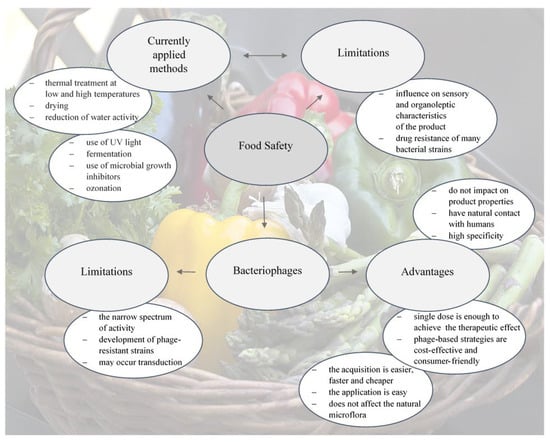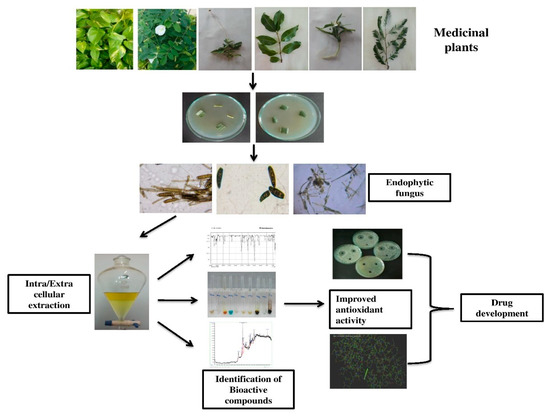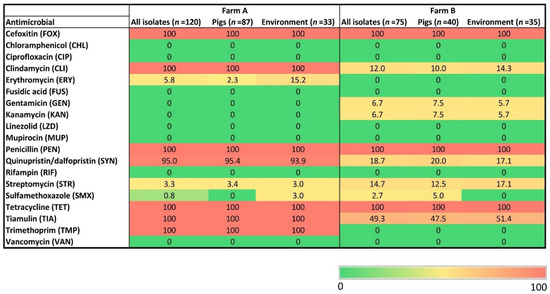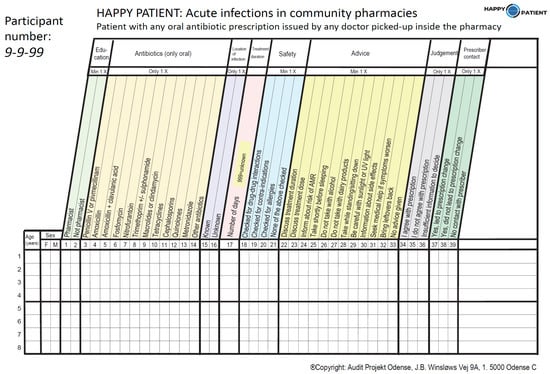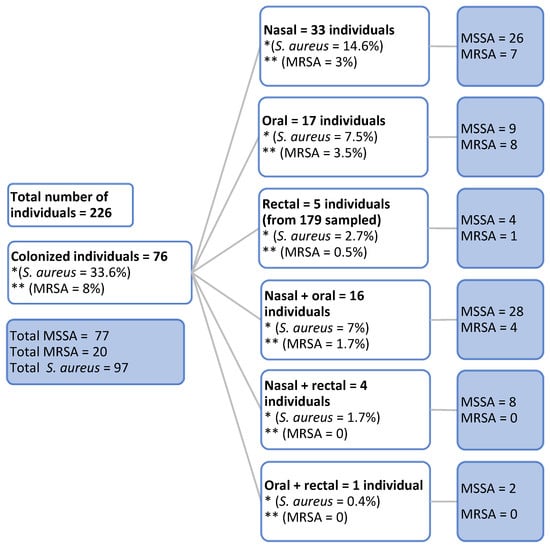Naphthoquinones are an important class of natural organic compounds that have antimicrobial effects. However, the mechanisms of their action remain to be elucidated. Therefore, the antimicrobial activity of the chemically synthesized naphthoquinone derivative, 5,8-dihydroxy-1,4-naphthoquinone, was investigated in this study against 10 different microorganisms.
[...] Read more.
Naphthoquinones are an important class of natural organic compounds that have antimicrobial effects. However, the mechanisms of their action remain to be elucidated. Therefore, the antimicrobial activity of the chemically synthesized naphthoquinone derivative, 5,8-dihydroxy-1,4-naphthoquinone, was investigated in this study against 10 different microorganisms. Its inhibitory activity was evident against
Bacillus cereus,
Proteus vulgaris,
Salmonella enteritidis,
Staphylococcus epidermidis,
S. aureus, and
Candida albicans, and its MIC
50 values were determined to be 14, 10, 6, 2, 4, 1.2, and <0.6 µg/mL, respectively. Moreover, the crystal violet uptake, TTC dehydrogenase activity, protein/DNA leakage, and DNA damage of the compound in these microorganisms were also investigated to reveal the antimicrobial mechanisms. In addition, scanning electron microscopy was used to detect physiological damage to the cell membrane of
S. epidermidis,
S. aureus, and
C. albicans, which was most severe in the crystal violet uptake assay. The overall results showed that 5,8-dihydroxy-1,4-naphthoquinone exhibited its effects on
S. aureus,
S. epidermidis, and
C. albicans by various mechanisms, especially membrane damage and membrane integrity disruption. It also caused DNA leakage and damage along with respiratory chain disruption (78%) in
C. albicans. Similarly, it caused varying degrees of reduction in the respiratory activity of
S. aureus (47%),
S. epidermidis (16%),
B. cereus (12%),
S. enteritidis (9%), and
P. vulgaris (8%). Therefore, 5,8-dihydroxy-1,4-naphthoquinone proved to be a very effective antifungal and antibacterial agent and could be considered a new potential drug candidate, inspiring further discoveries in these microorganisms.
Full article

